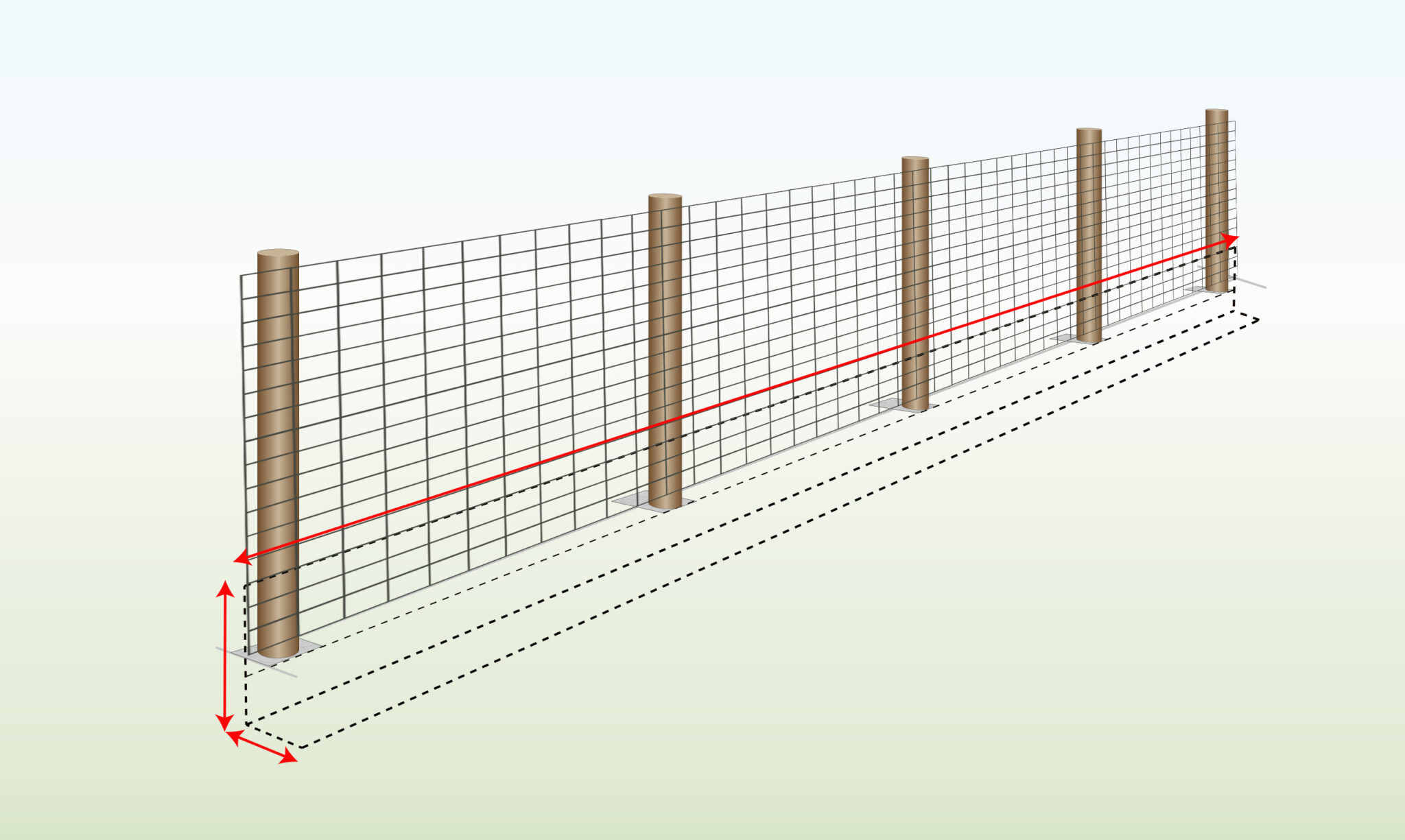Understanding Fox Behavior and Habitat
When it comes to keeping foxes away from your house, understanding their behavior, habitat, and diet is crucial. Foxes are attracted to food sources and shelter, which is why they often venture into residential areas. These cunning creatures are omnivores, feeding on small mammals, fruits, and insects. They are also known to scavenge for food in garbage cans and pet food left outdoors.
To effectively deter foxes from your house, it’s essential to understand their habitat and behavior patterns. Foxes typically live in dens, which can be found in burrows, hollow logs, or under decks. They are nocturnal animals, meaning they are most active at night, but they can also be seen during the day, especially in areas with low human activity.
By understanding fox behavior and habitat, you can take the necessary steps to secure your property and prevent these animals from making themselves at home. This includes removing attractants, such as food sources and shelter, and using deterrents, such as fencing and repellents. By taking these steps, you can learn how to keep fox away from your house and maintain a safe and secure living environment.
Securing Your Property: Fox-Proof Fencing and Gates
One of the most effective ways to keep foxes away from your house is to install fox-proof fencing and gates. The type of fencing and gates you choose will depend on the size of your property and the level of protection you need. For example, if you have a small garden or yard, a 3-foot high fence with a mesh size of 1 inch or smaller can be effective in keeping foxes out.
For larger properties or areas with high fox activity, a 6-foot high fence with a mesh size of 1/2 inch or smaller may be necessary. It’s also important to consider the material of the fence, with options including wood, metal, and plastic. Metal fencing is often the most effective, as it is difficult for foxes to climb or chew through.
When installing fox-proof fencing, it’s essential to ensure that the fence is at least 12 inches below ground level to prevent foxes from burrowing underneath. You should also consider installing a gate that is specifically designed to keep foxes out, with features such as a secure latch and a sturdy frame.
Regular maintenance is also crucial to ensure that your fox-proof fencing remains effective. This includes checking the fence regularly for any signs of damage or wear, and making repairs as needed. By taking these steps, you can learn how to keep fox away from your house and maintain a safe and secure living environment.
Removing Attractants: How to Fox-Proof Your Yard
One of the most effective ways to keep foxes away from your house is to remove attractants from your yard. Foxes are drawn to food sources and shelter, so it’s essential to eliminate these attractants to prevent them from visiting your property. Pet food, bird seed, and compost piles are common attractants that can draw foxes to your yard.
To remove these attractants, consider the following tips: store pet food in a secure location, such as a garage or shed, and avoid leaving it outdoors. Use bird feeders that are designed to be fox-proof, or consider using alternative bird-feeding methods, such as suet or nectar feeders. Compost piles should be securely covered and kept in a location that is not easily accessible to foxes.
Additionally, consider removing any potential shelter sources, such as piles of wood or debris, and keep your yard clean and free of clutter. By removing these attractants, you can make your yard less appealing to foxes and reduce the likelihood of them visiting your property. This is an important step in learning how to keep fox away from your house and maintaining a safe and secure living environment.
It’s also essential to note that foxes can be attracted to other food sources, such as fruit trees or gardens. Consider using fencing or other deterrents to protect these areas, and avoid leaving fruit or other food sources outdoors. By taking these steps, you can help to remove attractants from your yard and keep foxes away from your house.
Using Repellents: Effective Deterrents for Foxes
Repellents are a useful tool in deterring foxes from your property. There are various types of repellents available, including commercial products, homemade remedies, and natural deterrents. Commercial repellents, such as sprays and granules, can be effective in keeping foxes away. However, it’s essential to follow the manufacturer’s instructions and take necessary precautions to avoid exposure.
Homemade remedies, such as hot pepper sprays and garlic-based solutions, can also be effective in repelling foxes. These remedies are often non-toxic and environmentally friendly, making them a popular choice for homeowners. Natural deterrents, such as predator urine and fox-repellent plants, can also be used to keep foxes away.
Predator urine, such as coyote or fox urine, can be used to deter foxes from your property. These products are often available in spray or granule form and can be applied around the perimeter of your property. Fox-repellent plants, such as lavender and rosemary, can also be used to keep foxes away. These plants are often unappealing to foxes and can be planted around the perimeter of your property.
When using repellents, it’s essential to remember that they may not be 100% effective. Foxes can become accustomed to certain repellents over time, so it’s crucial to rotate different types of repellents to keep them effective. Additionally, repellents should be used in conjunction with other deterrent methods, such as fencing and removing attractants, to keep foxes away from your house.
Sealing Entry Points: How to Fox-Proof Your Home’s Exterior
Sealing entry points around your home is a crucial step in keeping foxes away. Foxes are skilled at finding and exploiting weaknesses in a home’s exterior, so it’s essential to seal any holes, gaps, or vents that could provide access. Hardware cloth, expanding foam, and other materials can be used to seal these openings and prevent foxes from entering your home.
Hardware cloth is a durable, metal mesh material that can be used to cover vents, chimneys, and other openings. It’s essential to choose a mesh size that is small enough to prevent foxes from passing through, typically 1 inch or smaller. Expanding foam can be used to seal gaps and holes around windows, doors, and other openings. This type of foam is easy to apply and can be trimmed to fit snugly around the opening.
Other materials, such as steel wool and caulk, can also be used to seal entry points. Steel wool can be stuffed into holes and gaps, while caulk can be applied around windows and doors to seal any gaps or cracks. It’s essential to inspect your home’s exterior regularly to identify any potential entry points and seal them before foxes can exploit them.
Sealing entry points is an important step in learning how to keep fox away from your house. By preventing foxes from entering your home, you can reduce the risk of damage and protect your family and pets from potential harm. Regular inspections and maintenance can help ensure that your home remains fox-proof and secure.
Using Noise-Making Devices: Ultrasonic Fox Repellents
Ultrasonic noise-making devices are a popular method for repelling foxes. These devices emit a high-frequency sound that is undetectable to humans but unpleasant for foxes. The sound is designed to mimic the calls of a predator, such as a coyote or a fox, which can help to deter foxes from the area.
When choosing an ultrasonic noise-making device, it’s essential to consider the coverage area and the type of sound emitted. Some devices are designed to cover large areas, while others are more suitable for smaller spaces. It’s also important to choose a device that emits a sound that is specifically designed to repel foxes.
Placement and maintenance are also crucial when using ultrasonic noise-making devices. The device should be placed in an area where foxes are most likely to enter, such as near a fence or gate. Regular maintenance is necessary to ensure that the device is working effectively, including checking the batteries and cleaning the device.
While ultrasonic noise-making devices can be an effective method for repelling foxes, they should be used in conjunction with other deterrent methods, such as fencing and removing attractants. This will help to ensure that your home and yard remain fox-free. By learning how to keep fox away from your house, you can protect your family and pets from potential harm.
Planting Fox-Repellent Plants: Natural Deterrents for Your Yard
Planting fox-repellent plants is a natural and effective way to keep foxes away from your home. Certain plants, such as lavender, rosemary, and chili pepper plants, are known to repel foxes due to their strong scents and tastes. By planting these plants in your yard, you can create a fox-free zone and protect your home and family.
Lavender is a popular choice for repelling foxes, as it has a strong, pungent scent that foxes find unappealing. Rosemary is another effective option, as it has a bitter taste that foxes dislike. Chili pepper plants are also known to repel foxes, as the capsaicin in the peppers irritates their sensitive noses.
When planting fox-repellent plants, it’s essential to choose the right location and soil conditions. Most of these plants prefer well-drained soil and full sun to partial shade. Planting them around the perimeter of your yard or near entry points can help to deter foxes from entering your property.
Regular maintenance is also necessary to ensure that the plants remain healthy and effective. This includes watering, pruning, and fertilizing the plants as needed. By incorporating fox-repellent plants into your yard, you can create a natural and effective barrier against foxes and learn how to keep fox away from your house.
Maintaining a Fox-Free Home: Ongoing Tips and Strategies
To maintain a fox-free home, it’s essential to regularly inspect your property and perform maintenance tasks. This includes checking for any signs of fox activity, such as tracks or scat, and repairing any damage to fencing or other deterrents.
Regular inspections should be performed at least once a month, and more frequently during peak fox activity seasons. During these inspections, check for any signs of fox activity, such as tracks or scat, and repair any damage to fencing or other deterrents.
In addition to regular inspections, it’s also important to maintain your fox-proof fencing and gates. This includes checking for any damage or wear and tear, and making repairs as needed. It’s also essential to keep your yard clean and free of attractants, such as pet food and bird seed.
By following these tips and strategies, you can maintain a fox-free home and protect your family and pets from potential harm. Remember, learning how to keep fox away from your house is an ongoing process that requires regular maintenance and inspections.
By combining these tips and strategies with the other methods discussed in this article, you can create a comprehensive fox-deterrent system that will keep your home and yard safe from these cunning animals.









